10-minute read
keywords: history of science, taxonomy
This is the third of a three four-part series on the history of taxonomy. In the last two reviews, I zoomed in on two important historical figures, Linnaeus and Buffon. Obviously, trying to understand how the living world is organized occupied the minds of many more people, and also has a far deeper pedigree than the 18th century. How deep? How about we take stock of the last 26 centuries. Kingdoms, Empires, & Domains by molecular biologist Mark A. Ragan is an encyclopaedic behemoth that charts the history of our thinking about high-level biological classification. The phrase “animal, vegetable, mineral” might ring a bell, but that division was never universal and there was always a shifting borderland around this, to say nothing of how modern developments have upended our understanding. If that sounds even remotely interesting, buckle up: engaging with this book will be a significant if worthwhile investment. Ragan combines a deeply researched history that draws on primary literature and authoritative translations with a tightly focused and well-structured text. The result is a scholarly monograph that is remarkably engaging. Its massive scope makes it one of those once-in-a-generation books that will be indispensable for science historians and academic libraries.
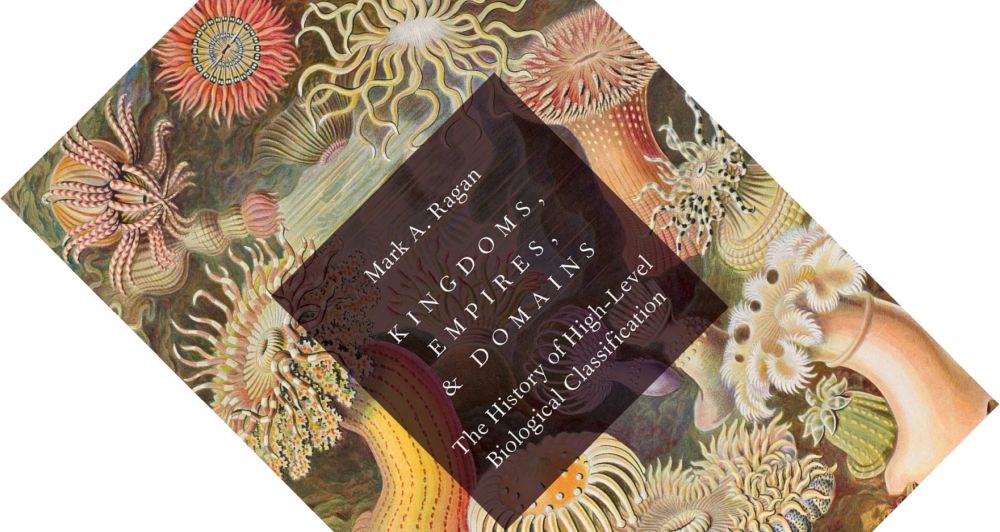
Kingdoms, Empires, & Domains: The History of High-Level Biological Classification, written by Mark A. Ragan, published by Oxford University Press in November 2023 (hardback, 851 pages)
Two introductory digressions are necessary. First, I have to give you some numbers to reiterate just how enormous this book and the underlying project have been. Its 851 pages break down into narrative (449 pp.), endnotes (182 pp.), ~3500 references (139 pp.), and two indices (54 pp.). Writing such a deeply researched book took time: this passion project was in gestation for 30 years. In email correspondence, Ragan confirmed that, from an initial idea in 1994–1995, eight years of writing (1997–2000 and 2018–2021) were interrupted by an 18-year career move in which he continued to read and translate background literature. Second, Ragan might superficially not seem to be the most suitable author. Though he has an abiding interest in history and a grasp of (at least) Latin, German, and French, he has not been educated as a (science) historian. Instead, he is an Emeritus Professor in molecular biology with expertise in biochemistry, evolution, genomics, bioinformatics, and computational biology. Upon close reading, however, I found that this combination of personal interest and professional training works. In the final chapters, Ragan reveals continuities between history and recent technologically-driven advances in ways that a historian might struggle with.
So, what is in the book? Kingdoms, Empires, & Domains covers 26 centuries of philosophical, religious, and scientific traditions in Europe and the Mediterranean and what these had to say about how life is organized. This includes, very roughly, classic Greco-Roman philosophy; Asian and Middle Eastern traditions; early Christianity, Islam, and Judaism; philosophical, religious, mystical, and popular traditions in mediaeval Europe (think Hermeticism, alchemy, magic, allegory, myth, and superstition); the rise of natural history and later biology through the 15th–19th centuries in France, Germany, and Britain; and 20th–21st-century developments in genetics, molecular biology, and phylogenetics. Given the book’s vast scope, this review can only characterise it. That said, I want to highlight two intertwined themes running through it: typology and topology.
“Writing such a deeply researched book took time: this passion project was in gestation for 30 years.”
First, typology: many of the topics discussed here concern the question of how, and using what characteristics, organisms were classified into different groups. The phrase “animal, vegetable, mineral” might ring a bell and for centuries was a widely accepted division. However, these three kingdoms of nature were neither rooted in prehistory (when we populated our sacred and profane worlds with animal deities and hybrid creatures) nor universal (as shown by Asian traditions such as Taoism and Shinto). The world at this time was “a fluid conceptual landscape in which every boundary could be, and often was, transgressed” (p. 23). Also, the first mention of these groups as Kingdoms (or Regna in Latin) was in 17th-century alchemical tracts; botanists and zoologists later adopted this terminology.
These three groupings did not comfortably capture everything. From the start, there was an interest in sponges, corals, and other marine invertebrates that seemed both animal and plant in nature and were soon called zoophyta. Contrary to widespread opinion, Aristotle did not coin this term; Ragan suggests that later translations might have led to this misattribution. It is instead first encountered in the Neoplatonic writings of Dexippus and Themistius. Zoophyta was a moving target though: when accepted (which not everyone did), its membership was a rotating cast; even Linnaeus added and removed organisms from this group in different editions of Systema Naturae. Opinions remained divided on what exactly they were: plant, animal, both, or rather a third intermediate group?
The 17th-century invention of the microscope introduced a new world of animalcules. Soon, people were letting all sorts of semi-liquid substances ferment on their benches, creating infusions full of “little animals” (Infusoria) that swarmed and multiplied in a drop of water. Much more recently, molecular biology, genetics, and the electron microscope completely upended our understanding. These revealed differences between microorganisms that led to proposals for division into three, four, five, or more kingdoms, including top-level groups that excluded plants and animals. I have previously reviewed books on Carl Woese and the discovery of Archaea that were soon elevated by one level from kingdom to domain. There are fascinating discussions here about the discovery of endosymbiosis, the challenge posed by horizontal gene transfer to taxonomy, and the caution required in interpreting phylogenetic signals obtained via metagenomics. This is where Ragan shows that he is as much at home in science history as he is at ease explaining modern science.
“The phrase “animal, vegetable, mineral” might ring a bell […] However, these three kingdoms of nature were neither rooted in prehistory […] nor universal”
Second, topology: how are all these groups connected? What shape does nature take: a chain, a tree, or a network? The idea of continuity in nature goes back to Plato and Aristotle and would later form the backbone of the Great Chain of Being (or Scala Naturae in Latin). I keep finding references to Arthur Lovejoy’s 1933 William James Lecture as the definitive study on this subject. Christian theology had no problems adopting its Neoplatonic extension that included ranks of angels all the way up to God. This metaphor became increasingly problematic, though, and fell out of favour during the 18th century. Jean-Baptiste Lamarck would for a while promote, but later abandon, an interesting half-way house where, at the level of families, life is a chain, but genera and species were allowed to branch and form isolated terminal points. Ragan traces the first explicit use of the tree metaphor to Peter Simon Pallas in the 1760s. In my previous review, I praised Buffon for being far-sighted and considering life a web or a net, but that idea did not originate with him. Its first use is here traced to a 1635 rhetorical flourish by Juan Eusebio Nieremberg with Vitaliano Donati reviving it in 1750.
They were far from the only metaphors on offer though, and one chapter deals with some rather imaginative depictions of nature as a map, polygon, spiral, circle, or groups of circles. If I could give an award for being ahead of one’s time, it would be to Adrien de Jussieu for arguing that two dimensions are not enough: “I would rather attempt to compare in this respect the groups of organized beings with those systems of bodies scattered everywhere in space” (p. 274[1]). Given that different metaphors emphasize different aspects of connectivity, Ragan’s concluding discussion is relevant. He refers to Ford Doolittle and Eric Bapteste’s 2007 call for pattern pluralism , i.e. the recognition that different metaphors are appropriate for different parts of the living world. Mammals diversified in a tree-like manner, while bacteria diversified in a network-like manner due to the prevalence of horizontal gene transfer.
, i.e. the recognition that different metaphors are appropriate for different parts of the living world. Mammals diversified in a tree-like manner, while bacteria diversified in a network-like manner due to the prevalence of horizontal gene transfer.
On the whole, the level of research that went into this book is occasionally off the charts. Ragan’s endnotes regularly mention how he has compared different translations of classic texts. As historians know, interpretation is complicated because such texts “like great statesmen, were models to copy and perhaps improve upon” (p. 54): appropriations, insertions, changes, deletions, and plagiarism were rife. I came away with a renewed respect for the historian’s craft. Even for modern works, Ragan regularly compares different editions or goes the full monty and tracks certain concepts or words in tens if not hundreds of books or dictionaries. I even found the occasional annotation about missing or unreliable page numbering in his reference list! He quotes long passages from primary literature, gratefully relying on expert translations from the expansive Loeb Classical Library, those provided specifically for this book by colleagues, or his own careful translations.
“How are all these groups connected? What shape does nature take: a chain, a tree, or a network? […] They were far from the only metaphors on offer.”
For all its historical sleuthing, the book is well structured and relies on subheadings to break up the text, making it a readable, even compelling work. What helps is that Ragan remains focused. More than once he acknowledges that he could say much more about certain scholars (e.g. Lamarck or Humboldt) but will focus on the bits relevant to high-level biological classification. Given that I just read about Buffon, I was thus initially surprised to notice that he merely hovers in the background, mentioned only for his influence on others: it seems he did not have all that much to say about third kingdoms of life. Is anything missing? I admit I was slightly surprised to find no mention of the origins of the other ranks that you find in biology textbooks. If Wikipedia is to be trusted, for example, “class” was first used by Joseph Pitton de Tournefort and “order” by Augustus Quirinus Rivinus, both of whom feature in this book. Ragan furthermore graciously admits his book is (mostly) Eurocentric and that it will be “immensely interesting” (p. 13) to examine what other traditions elsewhere had to say about this topic. Seeing the effort already expended, it is hard to disagree that “this will have to await another author” (p. 13). Kingdoms, Empires, & Domains will undoubtedly be the starting point for their journey.
Wrapping up, who is the target audience? For science historians or historically-inclined taxonomists and evolutionary biologists, this book is a veritable goldmine of information. For academic libraries, particularly those specializing in history and the life sciences, it is an obligatory acquisition. I praised the readability, so serious lay readers are also welcome. Keep in mind, though, that this book is an investment in both time (I spent 23 days reading and annotating this beast from cover to cover) and money (the price tag is high though justified given the size).
I originally planned for this to be a three-part review series but then noticed Susannah Gibson’s 2015 book Animal, Vegetable, Mineral? on my shelves. Well, if ever there was a time to read that book… So, say that Ragan’s book seems too intimidating at first and you wanted to test the waters; what would that look like? Read on for the concluding part of this review quartet.
1. ↑ quoting from De Jussieu’s 1825 Mémoire sur le groupe de Rutacées (p. 393), here presumably translated by Ragan. The original French passage reads: “je serois tenté plutôt de comparer sous ce rapport les groupes des êtres organisés, à ces systèmes de corps répandus partout dans l’espace“.
(p. 393), here presumably translated by Ragan. The original French passage reads: “je serois tenté plutôt de comparer sous ce rapport les groupes des êtres organisés, à ces systèmes de corps répandus partout dans l’espace“.
Disclosure: The publisher provided a review copy of this book. The opinion expressed here is my own, however.
Other recommended books mentioned in this review:
__________________________________________________________________
__________________________________________________________________
__________________________________________________________________

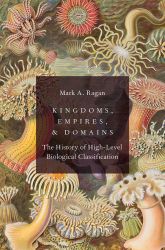
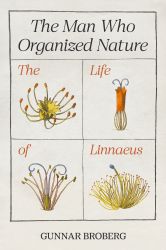
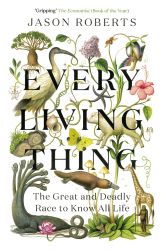
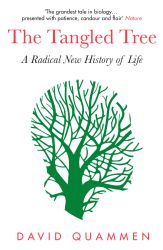
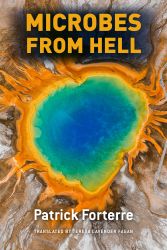
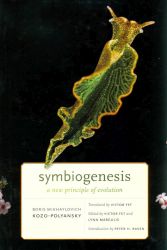
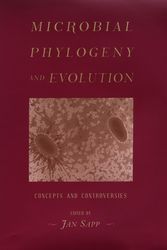
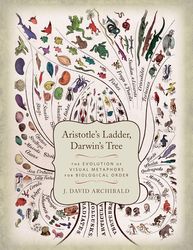
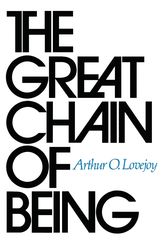
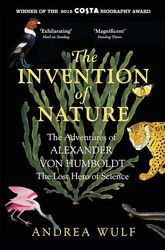
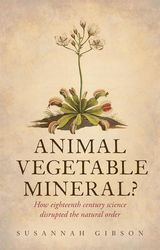
3 comments